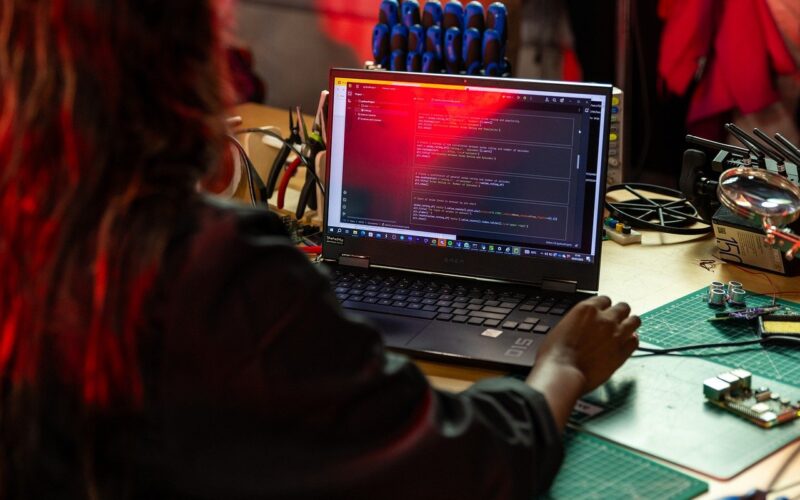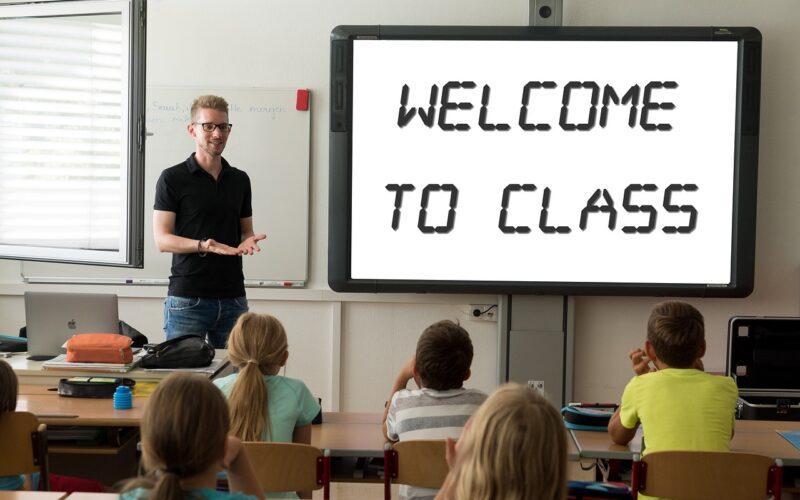The integration of technology in the education sector has revolutionised the way teaching and learning occur, providing unparalleled opportunities for both educators and students. From traditional classrooms to virtual learning environments, technology has made teaching not only more accessible but also more engaging and effective.
Enhancing teaching methods with digital tools
Digital tools have transformed teaching methods, allowing educators to create dynamic and interactive learning experiences. With software and applications designed specifically for educational purposes, teachers can incorporate multimedia presentations, virtual labs, and interactive quizzes into their lessons. This not only caters to different learning styles but also helps in maintaining students' attention and interest, ultimately enhancing their understanding and retention of the material.
Expanding access through online learning platforms
Online learning platforms have broken down geographical barriers, enabling students from remote areas to access quality education. Courses such as ECG training and healthcare assistant training are now available online, allowing learners to acquire vital skills without the need to travel. This increased accessibility has democratised education, making it possible for more individuals to pursue their career aspirations and improve their livelihoods.
Facilitating personalised learning experiences
One of the most significant advantages of technology in education is the ability to provide personalised learning experiences. Adaptive learning technologies analyse student performance and tailor content to suit individual learning paces and preferences. This approach ensures that students receive the support they need, whether they're struggling with a concept or ready to advance. Personalised learning not only enhances academic achievement but also boosts students' confidence and motivation.
Streamlining administrative tasks
Technology has also eased the administrative burden on educators by automating tasks such as grading, record-keeping, and communication with students and parents. Learning management systems (LMS) allow teachers to manage course materials, assignments, and assessments efficiently, freeing up time to focus on instruction and student support. The simplification of these tasks aids in creating a more organised and productive educational environment.
Fostering collaboration and communication
Collaboration has become more seamless thanks to technology. Tools like video conferencing, online forums, and collaborative document editing platforms have made it easier for students and teachers to communicate and collaborate beyond the classroom. This connectivity fosters a sense of community among learners, encouraging peer-to-peer interaction and teamwork. For courses like ECG training, where practical skills are crucial, these tools allow students to collaborate and share knowledge more effectively.
Preparing students for a tech-driven world
Finally, integrating technology in education equips students with essential digital skills that are increasingly demanded in today's tech-driven world. By incorporating technology into their teaching practices, educators prepare students for the future workforce, where proficiency in digital tools is often a prerequisite. For healthcare assistants, understanding and operating technology such as ECG machines is crucial, and training in these areas ensures that they are well-prepared for their roles.
Technology has undeniably made teaching and learning easier and more effective. By enhancing instructional methods, expanding access, and fostering collaboration, technology equips both educators and students with the tools needed to succeed. As educational options such as an ECG course and healthcare assistant training continue to evolve, the role of technology will undoubtedly grow, promising even more exciting developments in the field of education.






